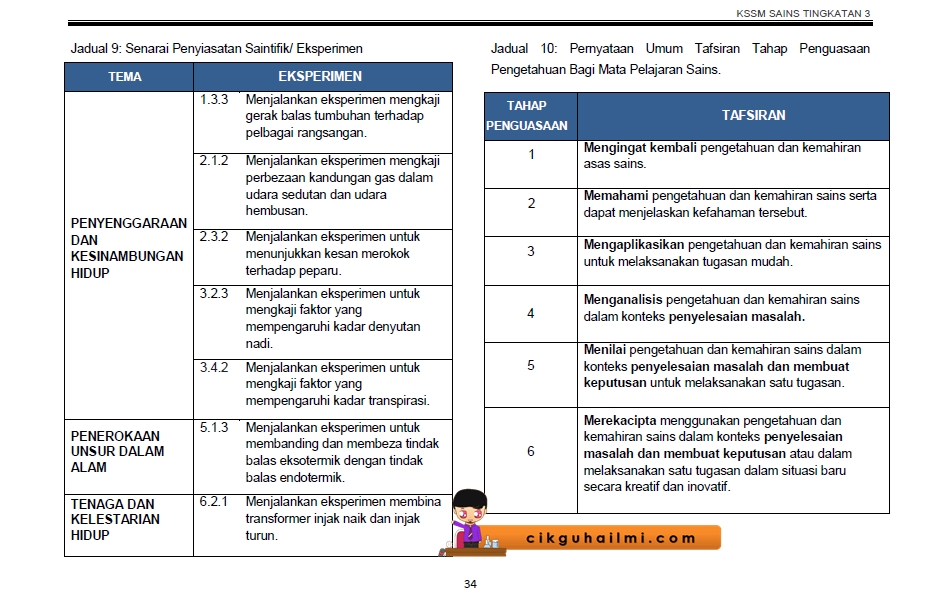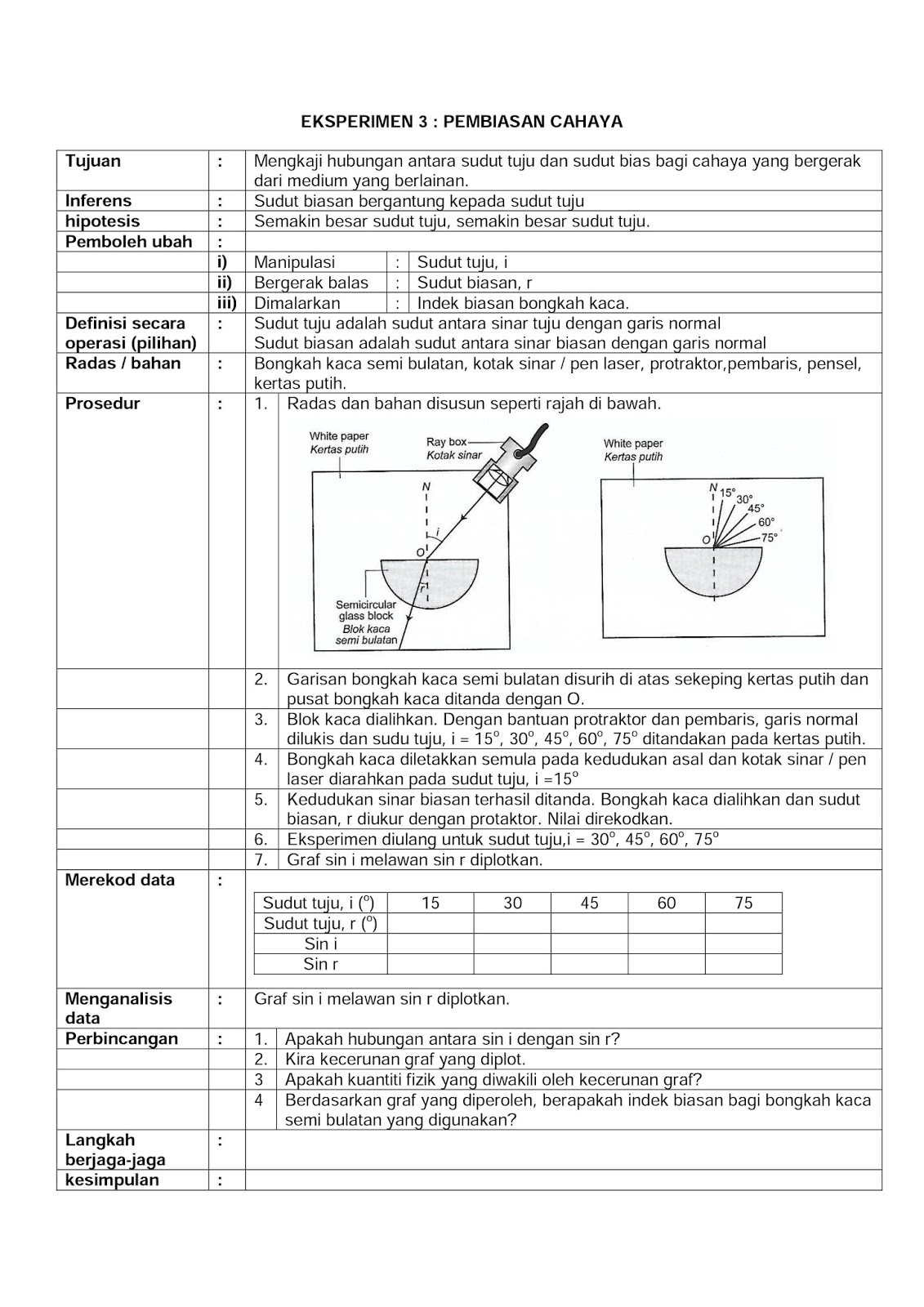Unlocking Inertia: Exploring Form 4 Science Experiments
Ever wonder why a sudden brake can send you lurching forward in a car? That's inertia in action. This fundamental principle of physics, a cornerstone of Form 4 science curriculum (equivalent to Grade 10 in some systems), explains an object's resistance to changes in its motion. Inertia experiments at this educational level aim to demonstrate and solidify understanding of this key concept. They bridge the gap between theoretical physics and tangible, observable phenomena.
Inertia, simply put, is an object's tendency to keep doing what it's already doing. Whether it's at rest or moving at a constant velocity, an object will resist any attempt to change its state of motion. This resistance is directly proportional to the object's mass; the more massive an object, the greater its inertia. Form 4 science inertia experiments provide a practical platform to explore these relationships.
The concept of inertia wasn't born overnight. It evolved through the observations and studies of great minds like Galileo and Isaac Newton. Newton formalized the concept in his first law of motion, a bedrock of classical mechanics. Understanding inertia is not just an academic exercise; it's crucial for comprehending how the world around us functions, from the motion of planets to the design of safety features in vehicles.
Inertia experiments in Form 4 science commonly involve objects like trolleys, ramps, and weights. By manipulating these variables – changing the mass of the trolley or the incline of the ramp – students can observe how inertia impacts motion. These hands-on investigations empower students to visualize and internalize abstract concepts, laying a solid foundation for further exploration in physics.
One of the central issues surrounding inertia experiments is ensuring accurate measurements and minimizing external factors like friction. Since friction opposes motion, it can complicate the observation of inertia's effects. Students are encouraged to consider and account for these factors in their experimental design and analysis, fostering critical thinking and scientific rigor.
A classic inertia experiment involves placing a card on top of a glass with a coin on top of the card. By quickly flicking the card away, the coin drops straight into the glass. This demonstrates the coin's inertia; it resists the change in horizontal motion and remains at rest (relative to the Earth) until gravity pulls it down.
Benefits of conducting inertia experiments include: (1) Enhanced understanding of Newton's First Law. (2) Development of experimental design and data analysis skills. (3) Connecting theoretical physics with real-world phenomena. For example, understanding inertia helps explain why seatbelts are essential for safety during sudden stops.
A typical inertia experiment might involve: (1) Setting up a ramp. (2) Placing a trolley on the ramp. (3) Observing the trolley's motion. (4) Repeating the experiment with varying masses in the trolley.
Advantages and Disadvantages of Inertia Experiments
| Advantages | Disadvantages |
|---|---|
| Simple and cost-effective to set up | Difficult to completely eliminate friction |
| Clearly demonstrates fundamental physics concepts | Results can be affected by external factors (e.g., air resistance) |
Real-world examples of inertia: (1) Shaking a ketchup bottle to get the ketchup to flow. (2) A magician pulling a tablecloth out from under dishes. (3) The recoil of a gun after firing. (4) A rocket propelling itself forward by expelling gas. (5) A passenger feeling pushed back into their seat during acceleration.
FAQs: (1) What is inertia? (2) Why do objects at rest stay at rest? (3) How does mass affect inertia? (4) What is Newton's First Law? (5) How does inertia relate to safety features in cars? (6) How can I minimize friction in my experiment? (7) What are some common inertia demonstrations? (8) What are some real-world applications of inertia?
Tips for inertia experiments: Ensure a level surface for your experiments. Use low-friction materials where possible. Carefully control variables and document your observations. Consider using video recording to analyze motion in detail.
In conclusion, inertia experiments are invaluable tools for grasping the foundational concepts of physics in Form 4 science. From Galileo's early observations to Newton's formalization of the laws of motion, the study of inertia has shaped our understanding of the physical world. By engaging in hands-on experimentation, students develop a deeper appreciation for the forces governing motion and the crucial role inertia plays in everyday phenomena. These experiments not only build a solid understanding of Newton's First Law but also cultivate critical thinking, experimental design skills, and an appreciation for the scientific method. Exploring inertia, then, is more than just a classroom exercise; it's a journey into the fundamental principles that govern our universe, empowering students to become more informed and inquisitive scientific thinkers. Through careful observation, meticulous data collection, and thoughtful analysis, students can unlock the secrets of inertia and its far-reaching implications. Take the time to explore and experiment - the world of physics is waiting to be discovered.
Unlocking the power of bic multi colored ink pens your ultimate guide
Disneyland mickey mouse doll target the ultimate guide
Find a boat bottom cleaner diver near you

Laporan Eksperimen Kimia Tingkatan 4 Laporan Eksperimen Kimia | Innovate Stamford Now

Eksperimen Wajib Sains KSSM | Innovate Stamford Now

583 Konsep Inersia Soalan Objektif | Innovate Stamford Now

EKSPERIMEN SAINS TINGKATAN 4 DAN 5 2 1pdf | Innovate Stamford Now

eksperimen inersia sains tingkatan 4 | Innovate Stamford Now

Contoh Laporan Eksperimen Fizik Tingkatan 4 | Innovate Stamford Now

19 Contoh Laporan Eksperimen Sains Tahun 5 My Tugas | Innovate Stamford Now

Sains Tingkatan 4 Bab 10 Eksperimen epal online exercise for | Innovate Stamford Now

Eksperimen Wajib Sains Kssm Tingkatan 4 | Innovate Stamford Now

Jawapan Eksperimen Fizik Tingkatan 5 | Innovate Stamford Now

eksperimen inersia sains tingkatan 4 | Innovate Stamford Now